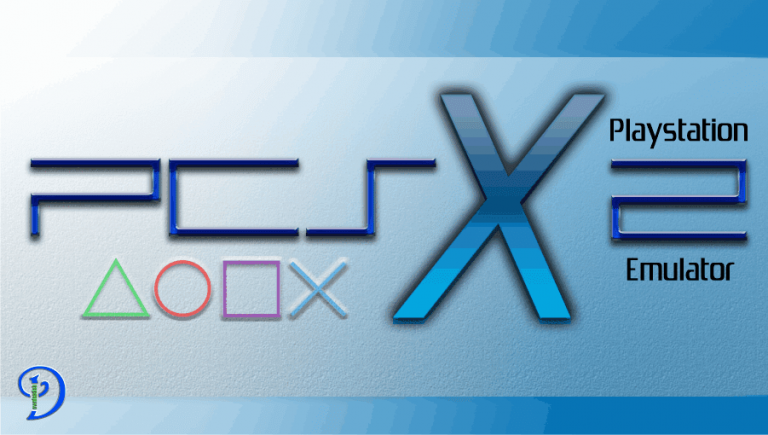

- #Pcsx2 emulator slowing on lots of polygons manual
- #Pcsx2 emulator slowing on lots of polygons Patch
- #Pcsx2 emulator slowing on lots of polygons pro
- #Pcsx2 emulator slowing on lots of polygons plus
- #Pcsx2 emulator slowing on lots of polygons ps2
#Pcsx2 emulator slowing on lots of polygons manual
Runs perfectly Enable MTVU (Increase performance), Enable Manual Hardware Renderer Fixes: Auto Flush (Fixes blur), Disable Safe Features (Fixes distant texture wrapping). Pretty much perfect with skipdraw set to 1/1 to remove the blur. The game indeed looks a bit darker that the original, and textures might sometimes flicker. Mostly 60 fps with occasional stutters, completely playable from start to finish. Used Async mix for audio and the F9 trick to fix the skies.
#Pcsx2 emulator slowing on lots of polygons pro
Played on a Mid 2019 MacBook Pro 15" via BootCamp. Works great, check known issues for a workaround for the sky.Įurope v01.70(), Recommended, MTVU, Very CPU and GPU intensive (my 9800GTX can only do up to 2x without slowdowns). Runs perfectly fine (60 FPS at most time), but has a lot of graphic glitches. Too many speed hacks makes the cars turn invisible.
#Pcsx2 emulator slowing on lots of polygons plus
Runs pretty slow, plus a lot of graphic glitches. With multiplayer gameplay, more than 100 events, and 40 tracks, Burnout 3 provides intense speed and action.ģ0-40 FPS. For those who thirst for crashes, the game includes a crash mode that rewards you for creating massive pileups.

You can battle your way to the front of the pack by taking down rivals and causing spectacular crashes. Game description: Burnout 3 challenges you to crash into (and through) busy intersections, while creating as much damage as possible. Instead use something along the lines of fabs(a-b)< epsilon where epsilon is some very small number.Publisher(s): EA Games (US), Electronic Arts (EU, AU, JP, US) When comparing two floating point numbers a and b, never use a = b. This is so that all games can be accommodated with the best/fastest settings.
#Pcsx2 emulator slowing on lots of polygons Patch
In the future, Pcsx2 will read the rounding mode and overflow settings from the patch files. The fact that VUs handle both integer and floating-point data in the same SSE register makes the checking a little longer. Overflow is checked much more frequently with the VUs. Whenever a divide or rsqrt occur on the FPU, overflow is checked. Two different rounding modes are used for the FPU and VUs. In the end Pcsx2 does all its floating-point operations with SSE since it is easier to cache the registers. The range of bugs are from screen flickering when a fade occurs, to disappearing characters, to spiky polygon syndrome (the most common problem and widely known as SPS). These two problems make floating-point emulation very hard to do fast and accurate. To top it off, you can never dismiss the fact that game developers can be loading bad floating-point data to the VUs to begin with! Some games zero out vectors by multiplying them with a zero, so the VU doesn't care at all what kind of garbage the original vector's data has, x86 does care. This requires 2 SSE operations and is SLOW and it doesn't work sometimes. The simplest solution is to clamp the written vector of the current instruction. and there goes the game's graphics, now figure out where the problem occurred. All final positions on x86 will go to infinity.
#Pcsx2 emulator slowing on lots of polygons ps2
Now if the game developer uses this vector to perturb some faces for artificial hair or some type of animation, all final positions on the PS2 will remain the same. On x86/IEEE, the result will be (infinity, infinity, infinity).


On the VU, the end result will be (0,0,0). This discrepancy breaks a lot of games!įor example, let's say a game developer tries to normalize a zero vector by dividing by its length, which is 0. Instead they clamp all large numbers to the max floating point possible. That sounds great until you figure out that the VUs don't support infinities. Any number multiplied by infinity is infinity (even 0 * infinity = infinity). The IEEE standard states that when a number overflows (meaning that it is larger than 3.4028234663852886E+38), the result will be infinity. While rounding mode is a problem, the bigger nightmare is the floating-point infinities. Games started breaking just by changing the floating point rounding mode! To put it shortly, we were wrong and game developers are crazier than we thought. Floating points are mostly used for world transformations or interpolation calculations, so no one would care if their Holy Sword of Armageddon was 0.00001 meters off from the main player's hand. Originally, we thought that a couple of bits shouldn't matter, that game developers would be crazy to rely on such precise calculation. Multiplying two numbers on the FPU, VU, and an x86 processor can give you 3 different results all differing by a couple of bits! Operations like square root and division are even more imprecise. It is very hard to emulate the floating-point calculations of the R5900 FPU and the Vector Units on an x86 CPU because the Playstation 2 does not follow the IEEE standard.


 0 kommentar(er)
0 kommentar(er)
